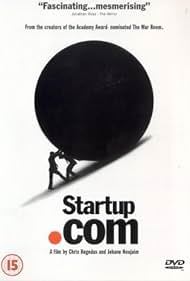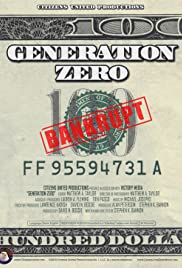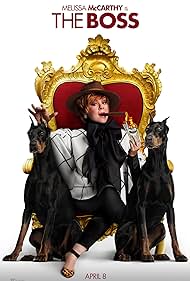Il complotto della lampadina Colonna sonora (2010)

Acquista su Amazon Riproduzione e download di colonne sonore
Comprar, tirar, comprar
A Conspiração da Lâmpada
The Light Bulb Conspiracy
Sinossi
Once upon a time..... products were made to last. Then, at the beginning of the 1920s, a group of businessmen were struck by the following insight: 'A product that refuses to wear out is a tragedy of business' (1928). Thus Planned Obsolescence was born. Shortly after, the first worldwide cartel was set up expressly to reduce the life span of the incandescent light bulb, a symbol for innovation and bright new ideas, and the first official victim of Planned Obsolescence.
During the 1950s, with the birth of the consumer society, the concept took on a whole new meaning, as explained by flamboyant designer Brooks Stevens: 'Planned Obsolescence, the desire to own something a little newer, a little better, a little sooner than is necessary...'. The growth society flourished, everybody had everything, the waste was piling up (preferably far away in illegal dumps in the Third World) - until consumers started rebelling...
Can the modern growth society survive without Planned Obsolescence? Did the eternal light bulb ever exist? How can a tiny chip 'kill' a product? How did two artists from New York manage to extend the lives of millions of iPods? Is Planned Obsolescence itself becoming obsolete?
Scarica e riproduci l'elenco delle colonne sonore
| Suonare | Titolo | Artista |
|---|---|---|
|
Il complotto della lampadina
|
||













